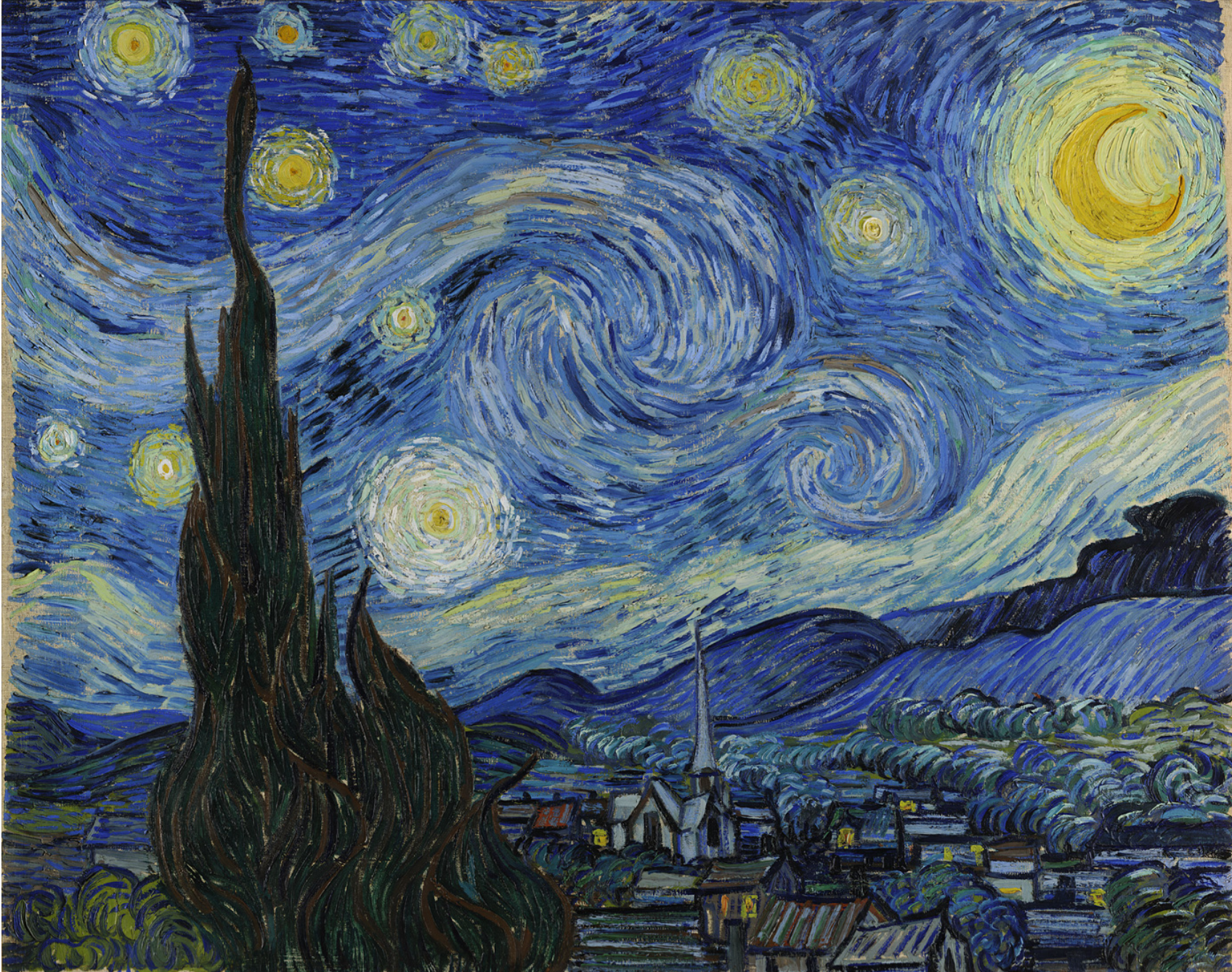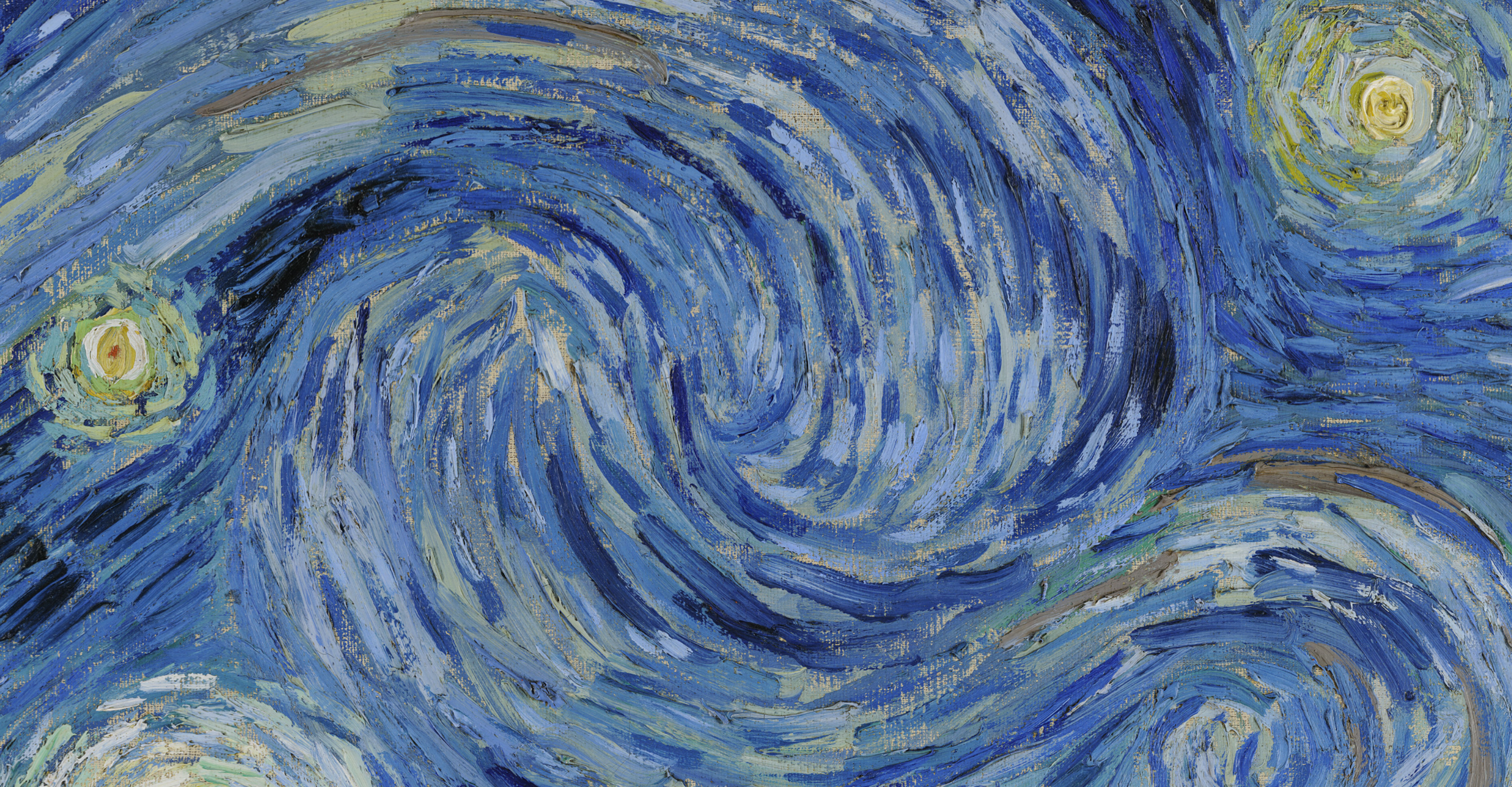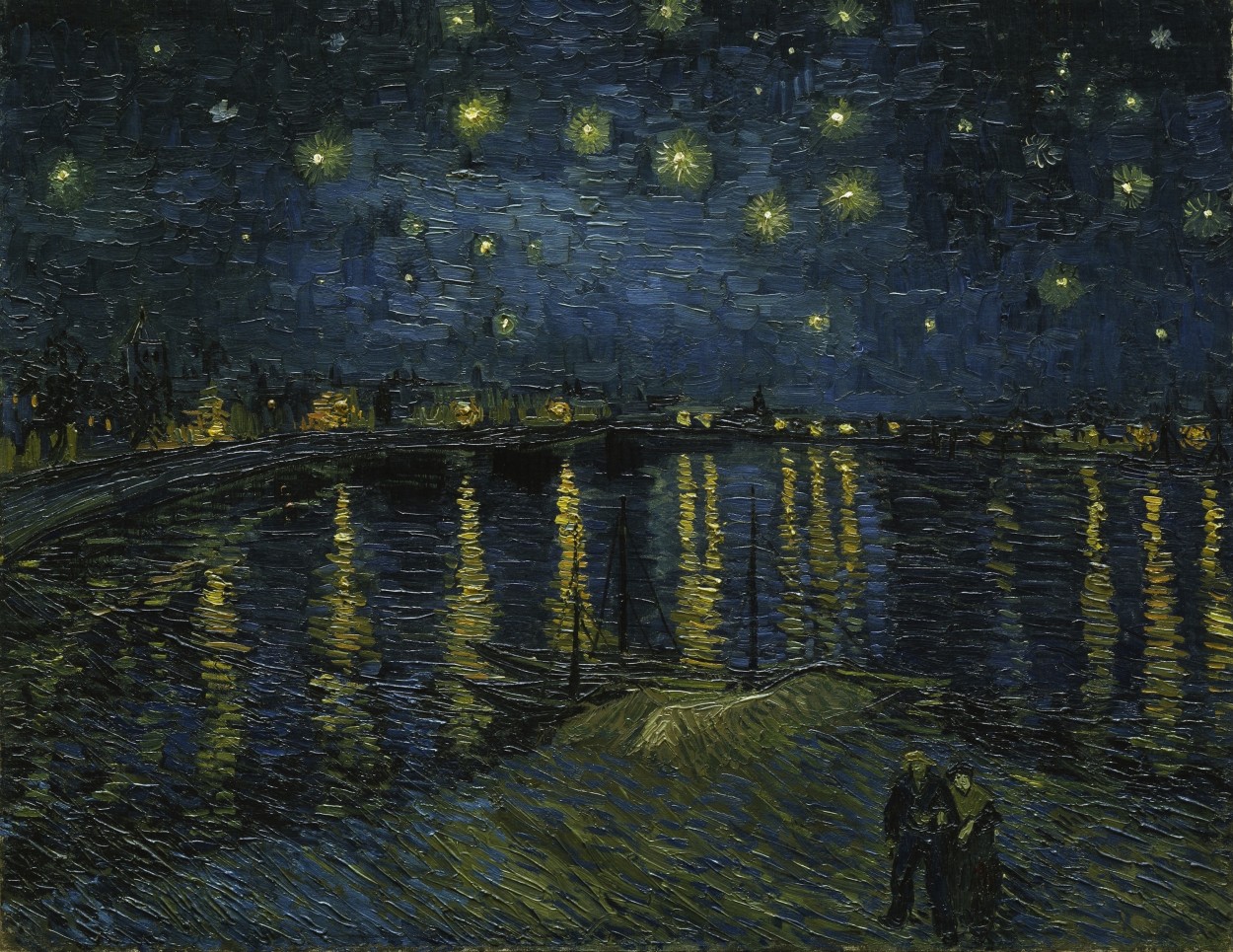Our ancestors have spend countless nights staring at the sky. Any light guiding us through uncertain dark is worth Idolatry, and so we idolised planets and stars. These days we don’t get to gaze so much at the night sky, but we keep worshiping our way out of uncertainty. When Marcelino de Sautuola first found the Cave of Altamira, a magnificent rock art cave in Spain, during the 19th century, the academic community thought it was a hoax. How could a simple caveman have drawn such a precise, complex and beautiful collection of intricate artwork?
Human curiosity knows no boundaries; we are compelled to make sense out of patterns, compose order out of chaos, to predict and control. Reason, like stars, have kept humanity safe during millions of nights, and those cave walls are but the solemn manifestation of our early intelligence. The methods we use to describe and predict reality are now beyond mere painting – writing and later the scientific method are much more sophisticated than that. Among those who have guided mankind is Werner Heisenberg. Awarded the Nobel Prize in Physics, his work on quantum mechanics have fundamentally changed perception. Still, like in the early days of our ancestors, every answer found begs another question, and Heisenberg had one in particular he couldn’t find a solution to: turbulence. Turbulence is still one of the unsolved questions in physics, and since science hasn’t grasped it perfectly it is thus hard to predict and represent. Turbulence is an apparently chaotic motion flow, you can see it on the water flow over a submarine, you can sense it in the air from an aeroplane wing, and you can admire it in van Gogh’s The Starry Night. Yes, you unbelievably can… Van Gogh painted it in the June of 1889, through the window of his asylum room. The painter voluntarily admitted himself there after a breakdown that cost him his ear. We can only guess what such a genius of a man, fond of beauty, must have felt like there – a recluse from the night for his own safety, in a claustrophobic environment and left only with his imagination to make sense of everything: is it that different from those prehistoric people on the cave? How can someone reveal such an intuitive perfect understanding of an unsolved natural mechanic?
This is not the first time a deeper nature is revealed through an apparently simple thing: when Fibonacci described the perfect growth of a population of rabbits, in 1202, he had no idea that he was revealing an encryption of nature, reflected from biology to the motion of galaxies – the Fibonacci sequence. We like to think of ourselves as the masters of reason, but the truth is that we are human, all too human to grasp anything beyond our own understanding, even all the crazy abstraction we take as the reality our humans brains can conceive. The scientists now working in CERN might just be, for some other future intelligence, monkeys painting in Caves.
Artur Deus Dionisio.
And here is a detail via Google arts and culture where you can zoom into any brush stroke.
And to top it off: Starry Night in Rhone



